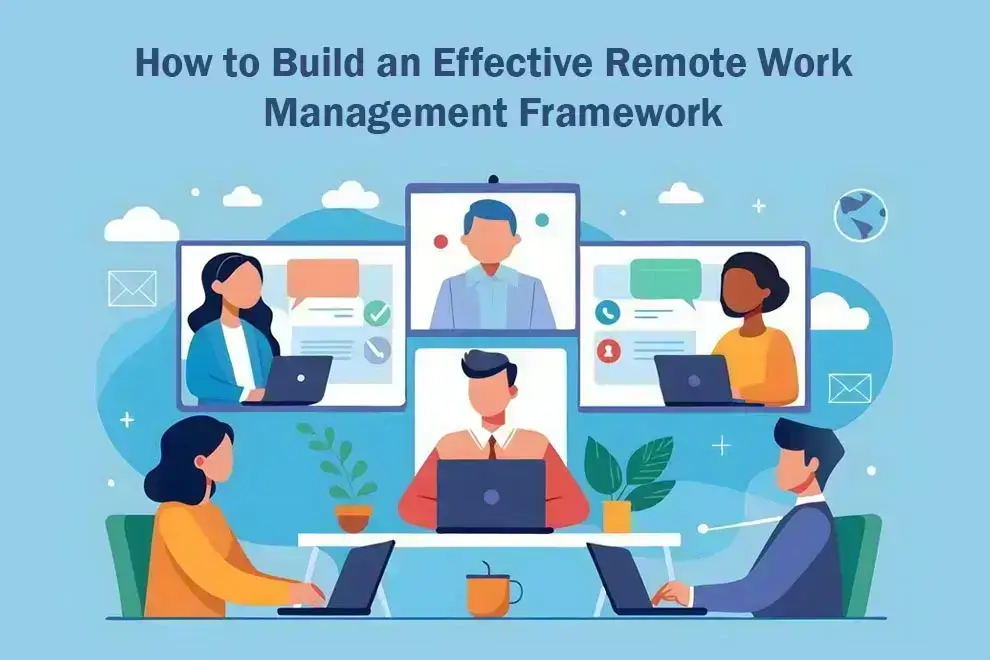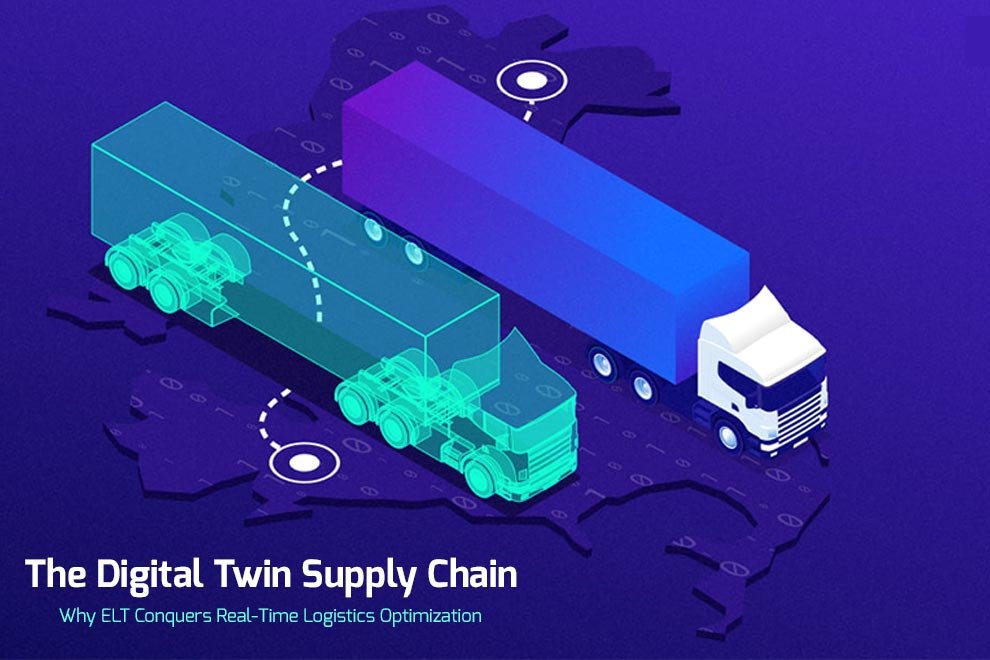Leading a remote team may seem like navigating a ship through turbulent waters. Besides undisputable advantages, remote work comes with specific challenges, like the lack of in-person work and communication,disrupted collaboration, and potential security issues.
For this reason, you need to create a Remote Work Management Framework to provide a structured approach to managing remote teams, addressing all these issues to create effective tight-knit remote teams. As remote work continues to grow, not having a well-defined framework means risking a business’s productivity and employee engagement.
Importance of a Clear Remote Work Strategy
Devise a remote work strategy to support employees working outside traditional office spaces, to ensure they’re in sync with the company’s goals. It should address key areas such as security, communication, and employee engagement to create a supportive and encouraging remote work culture.
Pitfalls of an Unstructured Remote Workplace
Without a clear framework, your team faces:
- Poor Work-life Balance: Enhanced flexibility is one of the greatest advantages of remote work. On the flip side, the lack of strict work hours can easily blur the lines between work and private life, causing employees to slip into burnout and disengagement.
When employees struggle to balance work and home responsibilities, their productivity and job satisfaction decline.
- Erosion of Trust and Transparency: Set up effective communication platforms and channels to prevent miscommunication and misunderstandings. Also, prioritize setting clear goals, expectations, and outcomes to ensure increased productivity and collaboration.
The absence of clear guidelines can lead to mistrust and reduce team cohesion, negatively impacting performance.
- Ineffective Employee Management: Inconsistent management practices make it difficult for managers to effectively monitor contributions and curb absenteeism. If you want to have a clear and comprehensive picture of remote employee productivity and performance, rely on employee monitoring software and its real-time, exact data.
Without structured frameworks, managers may struggle to ensure collaboration, leading to inefficiencies and poor team performance.
- Data Security Risks: When remote work policies lack defined security measures, teams are more vulnerable to data breaches and non-compliance issues. Inadequate protection of sensitive information can disrupt workflows, damage a company’s reputation, and result in costly legal consequences.
Setting Up an Effective Remote Work Management Framework
1. Establishing Trust & Managing for Outcomes
Abandoning micromanaging practices in remote team management can be a pivotal move toward creating a trustworthy and highly productive remote work environment.
You should set clear, measurable goals, allowing flexibility for employees to achieve them in their own way, which fosters creativity and ownership.
Employee monitoring software can help by tracking active/idle/break periods/proof of work
2. Implementing Effective Communication Practices
Clear communication is vital in remote teams to avoid misunderstandings and maintain transparency.
You should define appropriate communication tools and establish expectations for response times and meeting attendance, ensuring inclusivity across time zones. In this way, your employees will know what meetings and channels should be prioritized over others.
3. Promoting Accountability & Transparency
Transparency and accountability are critical in a remote work environment to build trust and prevent feelings of isolation.
Clear goals, regular progress updates, and an open feedback loop allow employees to stay aligned with company objectives and feel valued.
Employee monitoring software can help by real-time tracking remote employees’ work activities.
4. Ensuring Security & Compliance
A comprehensive remote work management framework must include robust cybersecurity measures, especially when employees use remote devices.
Virtual private networks (VPNs), data encryption, and clear protocols for handling sensitive data are essential.
Employee computer monitoring software can help by identifying insider threats and notifying the security team
5. Technology Tools & Infrastructure
Remote teams rely heavily on technology to stay productive and connected, requiring a mix of communication, project management, and cybersecurity tools.
Ensuring employees have access to reliable technology, along with training, helps maintain workflow efficiency.
Also Read; Remote Work and Internet Usage Monitoring: Challenges and Solutions










